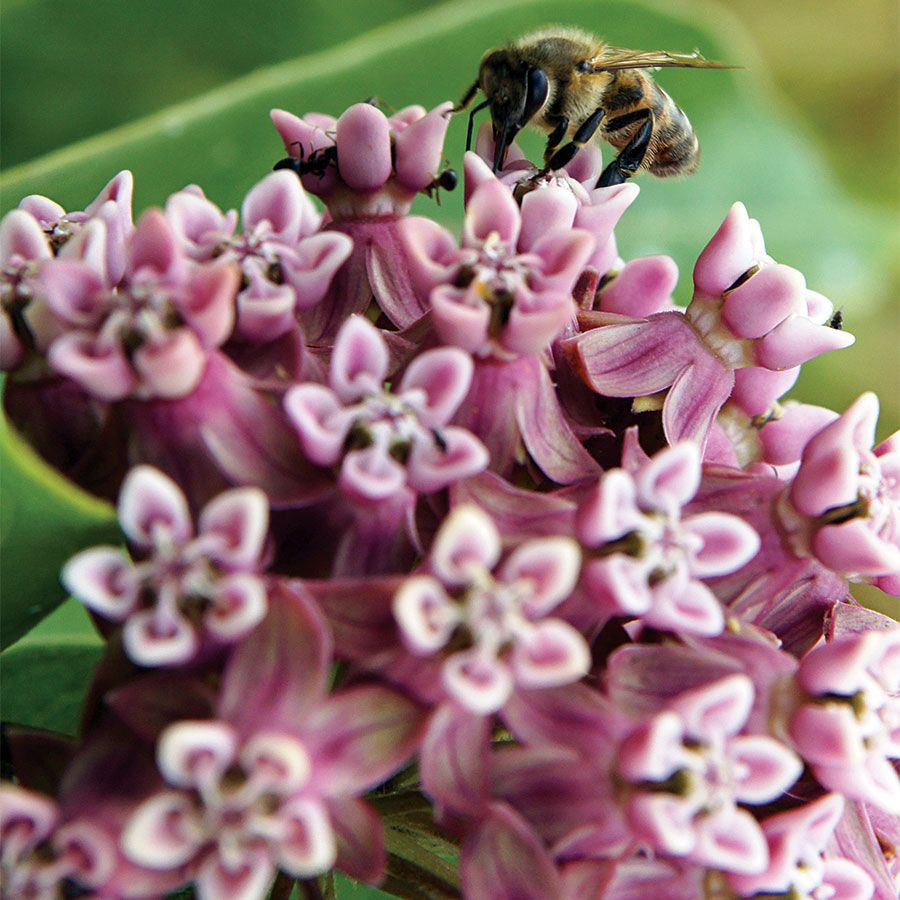Which Milkweed Should You Grow? Best Milkweed Varieties For Your Area
Learn what types of milkweed will best support pollinators in your neck of the woods!
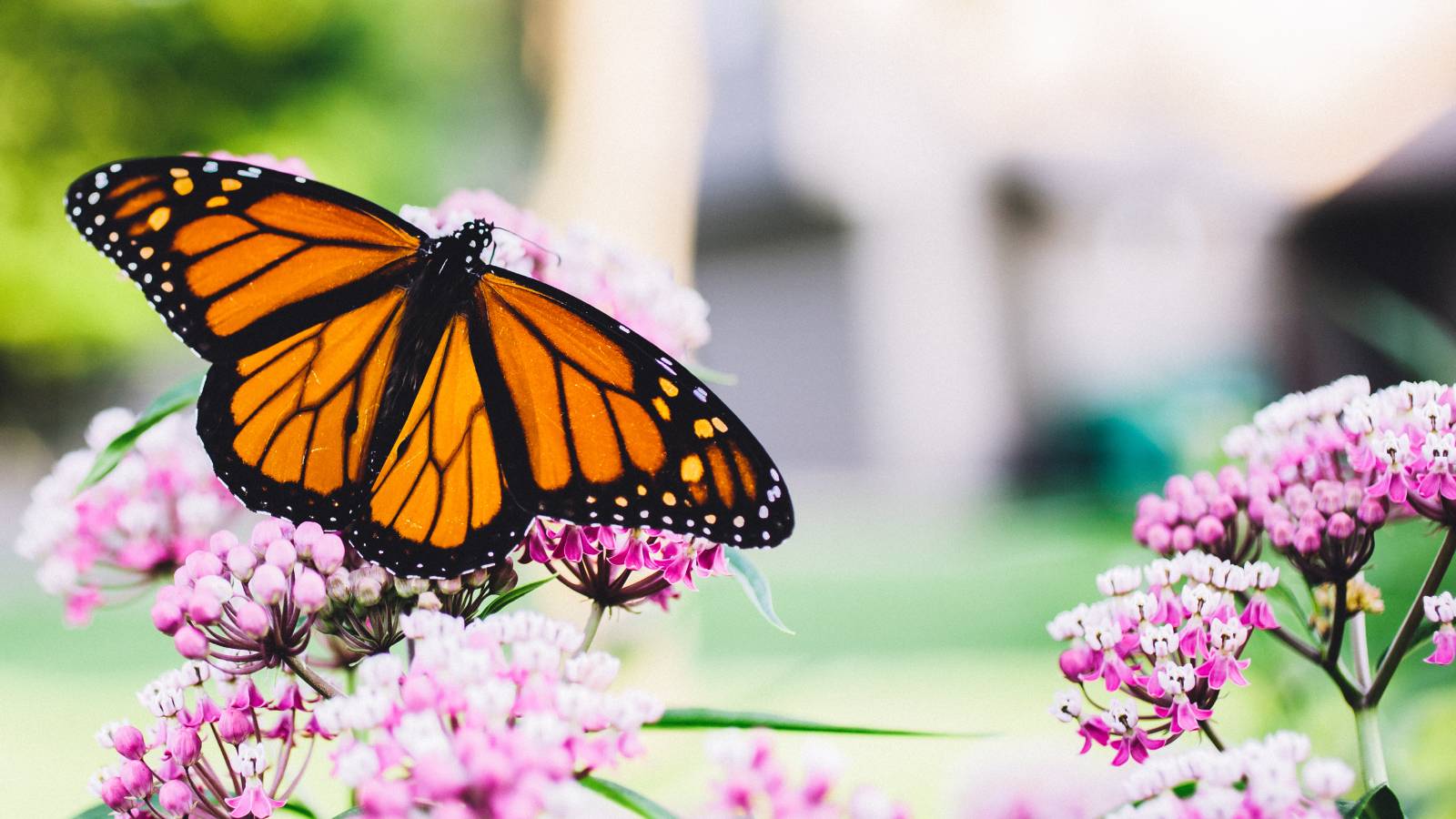

Milkweed plants are most commonly known for the role they play in the life cycle of monarch butterflies. Each summer, the plant plays host to butterfly larvae. Caterpillars then feed, consuming the plant’s signature toxins. Growing milkweed in the garden is one sure way to help support local monarch populations. However, many growers are surprised to learn that some species may be more beneficial than others. Below, we’ll explore which milkweed varieties are best within each growing region.
Choosing the Best Milkweed Varieties for Your Area
Choosing the best types of milkweed plant for the landscape will vary by region. Milkweed are great pollinator-friendly plants. Gardeners should look for those that are native, or well-adapted to their growing zone. Factors to consider often include overall hardiness, growth habit, and bloom period. Though the species mentioned here can serve as a good starting point for planting, these lists are in no way exhaustive.
Midwest / Northeast
- Purple Milkweed - Purple milkweed (Asclepias purpurascens) is among the most popular milkweed plant varieties available to home gardeners. Though native to much of the eastern United States, wild populations of the plant have dwindled. Showy plants are most likely to be found growing near thickets or in fields bordering woodland areas. Purple milkweed is hardy to USDA zones 3-9.
- Common Milkweed - Reaching 5 ft. (1.5 m.) in height, common milkweed (Asclepias syriaca) plants are among the largest species. Its hardy nature and resistance to disease allows it to naturalize with ease, quickly establishing itself along ditches and even roadsides. Common milkweed is celebrated for its immense ability to attract pollinators and beneficial insects, including large numbers of monarch butterflies. Plants are hardy to USDA zones 3-9.
- Poke Milkweed - Best situated where plants can enjoy bright, indirect light, poke milkweed (Asclepias exaltata) can make for an exceptional addition to shaded garden beds. Growers can expect a profusion of delicate white flowers in summer, each hanging gracefully from the plant’s stems. In addition to the monarch, poke milkweed will play host to several species of moth throughout the growing season. Plants are hardy to USDA zones 3-11.
Southeast
- White Milkweed - Also known as white swamp milkweed, Asclepias perennis thrives on consistent moisture. For this reason, it is most commonly found growing near ditches, rivers, and alongside streams. Like other varieties of milkweed plants, it is highly attractive to pollinators and of great value to monarch butterflies. Their dense, shrub-like form adds further ornamental appeal when incorporated into the landscape. Plants are hardy to USDA zones 3-10.
- Butterfly Milkweed - Butterfly milkweed (Asclepias tuberosa) is most frequently found growing in open prairies or grasslands. Bright orange flowers serve as a veritable beacon to pollinators, on which many feed and lay eggs. Growing butterfly weed is exceptionally popular among home gardeners, as plants can be grown from seed with relative ease. Butterfly milkweed is hardy to USDA zones 3-9.
- Sandhill Milkweed - Highly ornamental, sandhill milkweed (Asclepias humistrata) plants are celebrated for their unique conditions for growth. The species is most commonly found growing throughout dunes and sandhills. This makes the plant an invaluable resource to passing monarchs in coastal regions. Plants are hardy to USDA zones 8-9.
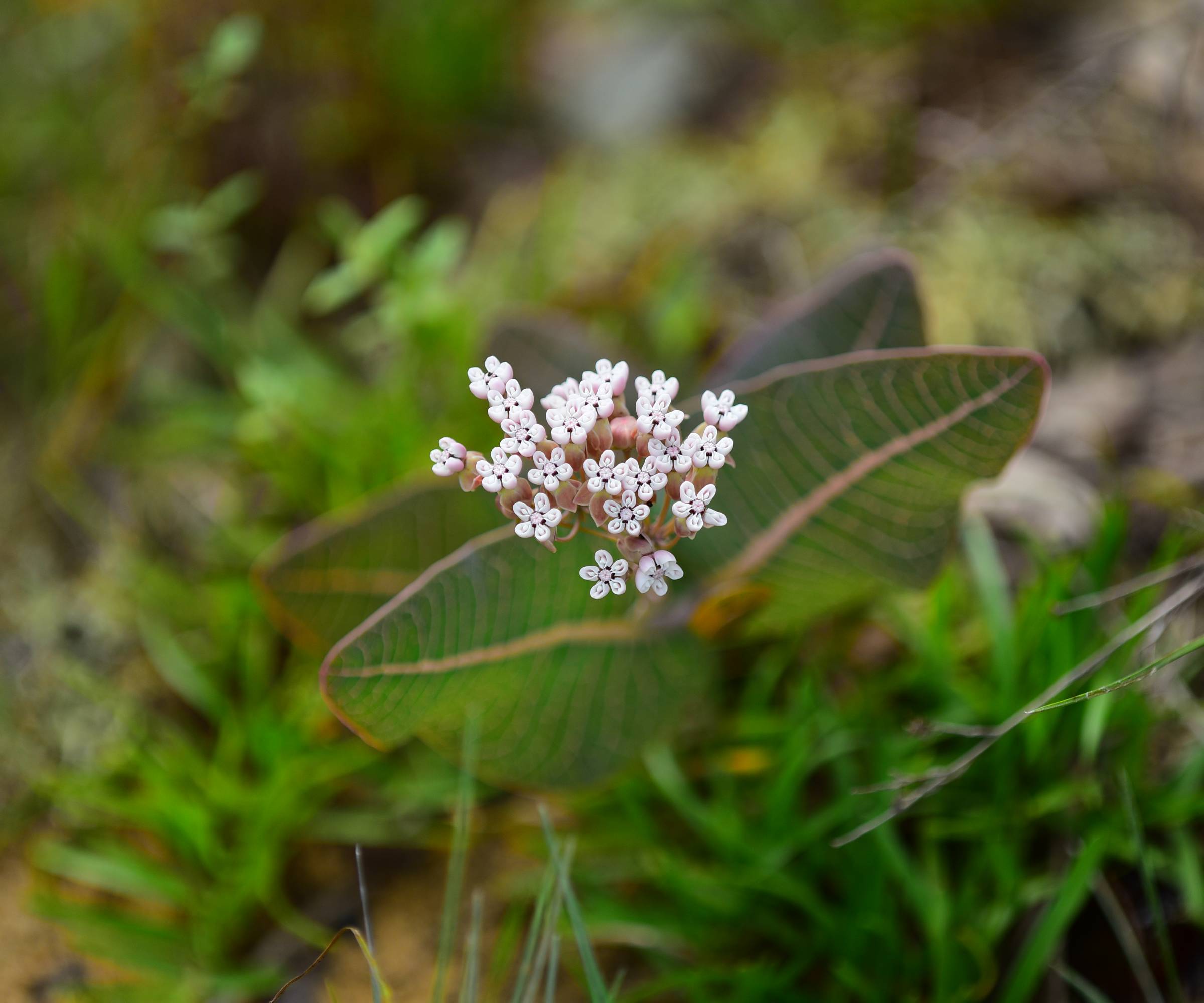
South Central
- Swamp Milkweed - True to its namesake, swamp milkweed (Asclepias incarnata) can often be found where conditions remain consistently moist. Growing swamp milkweed in the home garden can be successful, provided routine watering throughout the season. Small purple flowers begin to bloom in summer and continue through fall, playing host to large numbers of beneficial insects. Plants are hardy to USDA zones 3-9.
- Green Milkweed - Adapted to both heat and humidity, green milkweed (Ascelpias viridis) makes for an especially attractive addition to the water-wise landscape. The species most commonly found growing in prairies and along roadsides. The small plant can also be grown in containers, with its unique, chartreuse color further adding to its appeal. Plants are hardy to USDA zones 5-9.
West
- Showy Milkweed - Showy milkweed (Asclepias speciosa) are among the common species planted in pollinator gardens. Purple-pink flowers, which lure pollinators with their fragrance, are produced in abundance throughout summer. The plants’ ornamental value persists through fall, when foliage begins to change color. Plants are hardy to USDA zones 3-8.
- Mexican Whorled Milkweed - Asclepias fascicularis is best known for its delicate stature. Small flowers grace grass-like leaves, reaching only 3 ft. (1 m.) in height. Though the species is used infrequently in gardens, it is well-adapted to hot, dry climates across the western United States. Plants are hardy to USDA zones 6-10.
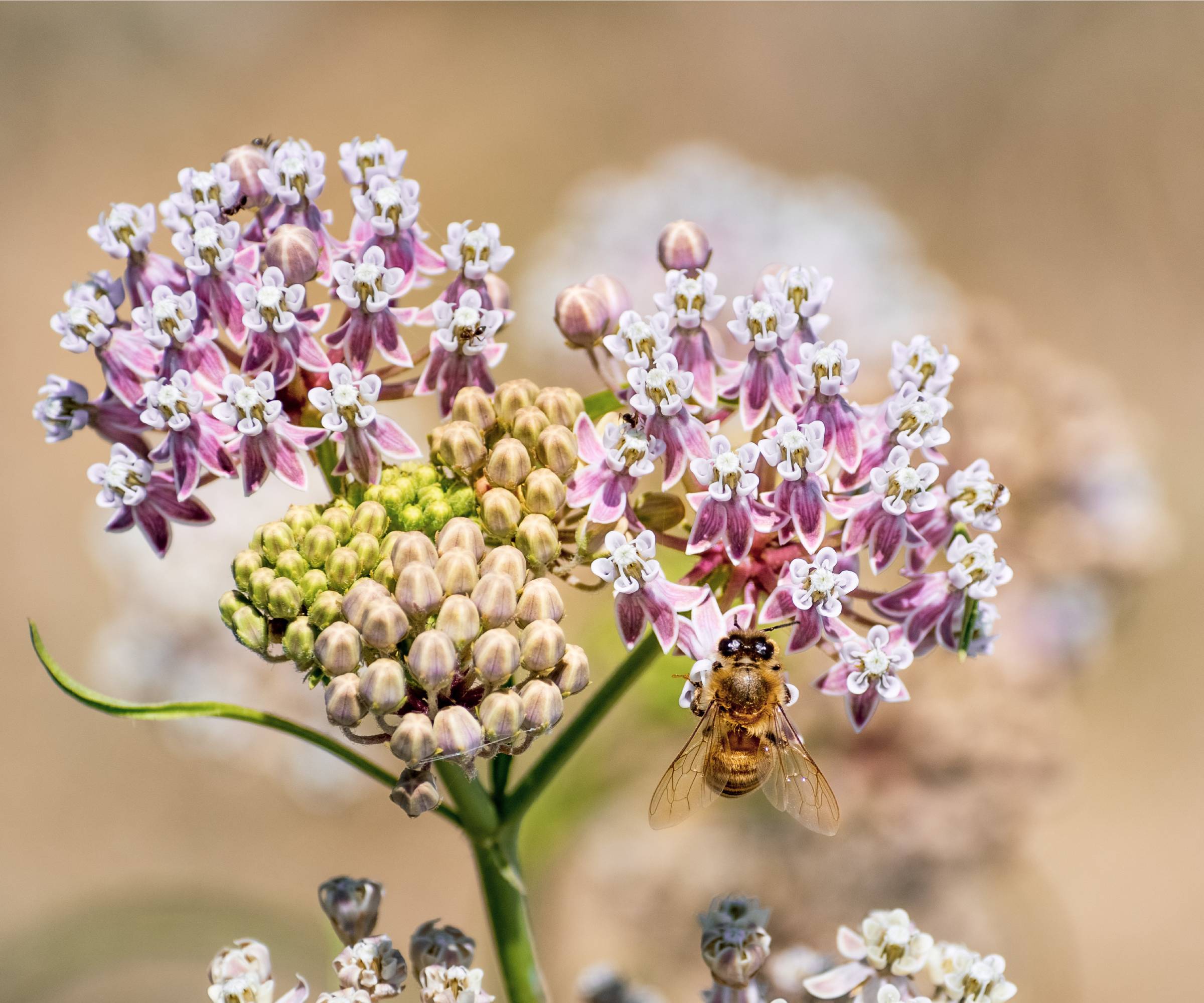
Southwest
- Arizona Milkweed - Arizona milkweed (Asclepias angustifolia) is a good alternative for growth where conditions are harsh. This includes regions that are especially hot and dry throughout summer. This species will thrive in canyons, as well as along the banks of rivers or streams. Arizona milkweed is considered hardy to USDA zones 8-10.
- Rush Milkweed - Like other drought-tolerant species, rush milkweed (Asclepias subulata) is praised for its ability to flourish under inhospitable conditions. Plants are noted for their distinctive “leafless” appearance, which helps them to better survive the desert climate. Growers can expect mature plants to reach impressive sizes, up to 9 ft. (2.7 m.). Rush milkweed is hardy to USDA zones 9-11.
California
- California Milkweed - Yet another ornamental species, California milkweed (Asclepias californica) is most often distinguished by its velvet-like foliage. Native plants can be found throughout much of southern California, thriving under especially warm conditions. Though plants are considered hardy to USDA zones 3-11, humidity and moisture may also play a role in their perennialization and overall health.
- Antelope-horn Milkweed - Asclepias asperula can be found across much of the western United States. Their native range generally includes California, Arizona, New Mexico, and Nevada. Well-adapted plants produce tall, globe-like flowers, which are held high above foliage. Where conditions are ideal, the perennial is likely to spread, forming dense clumps. Plants are hardy to USDA zones 7-9.
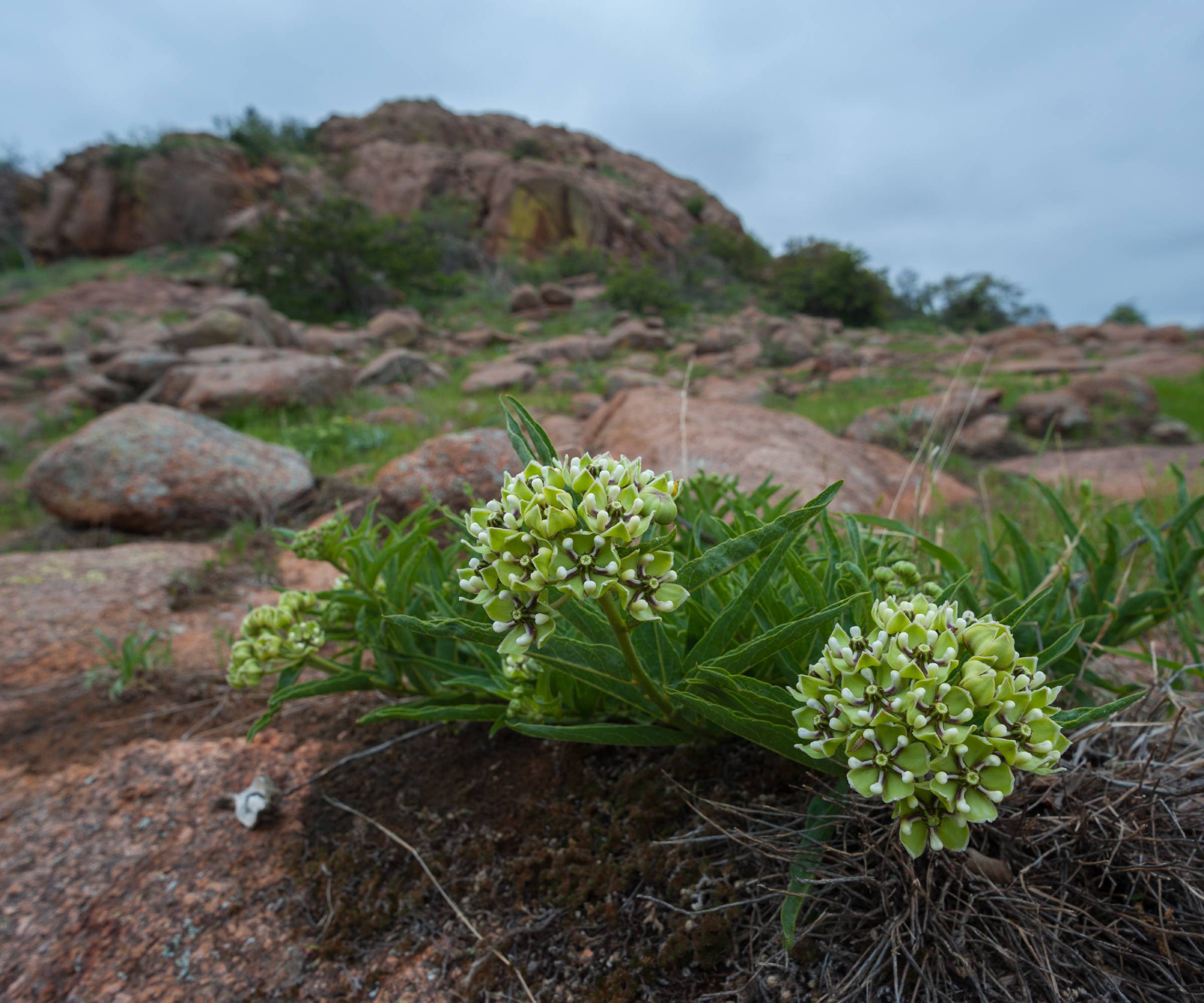
Frequently Asked Questions
Which Types of Milkweed are Invasive?
As many species may become invasive, careful research may be required before adding milkweed to the landscape. Before planting, checking local invasive species and noxious weed lists can be especially helpful. Those uncertain which species to plant can also benefit from contacting local agricultural extension agents for further guidance.
Does Milkweed Attract Mosquitoes and Bugs?
Most species of milkweed are considered highly attractive to insects. While the plant is certain to draw butterflies and other beneficial to the garden, there is a chance the unwanted pests may also be drawn to the plants.
Which Milkweed is Most Important to Monarchs?
Native species of milkweed are of utmost importance to the survival of monarch butterflies. Though many growers are tempted by their beauty, experts advise against the planting of tropical types as tropical milkweed can be bad for monarchs. Their bloom may disrupt the butterfly’s natural cycle and harm monarchs overall.
This article features products available from third-party vendors on the Gardening Know How Shop.
Sign up for the Gardening Know How newsletter today and receive a free copy of our e-book "How to Grow Delicious Tomatoes".

Tonya Barnett has been gardening for 13 years. Flowers are her passion. She has transformed her backyard into a cut flower garden, which she regularly chronicles on her YouTube channel http://www.youtube.com/@tonyawiththeflowers.
